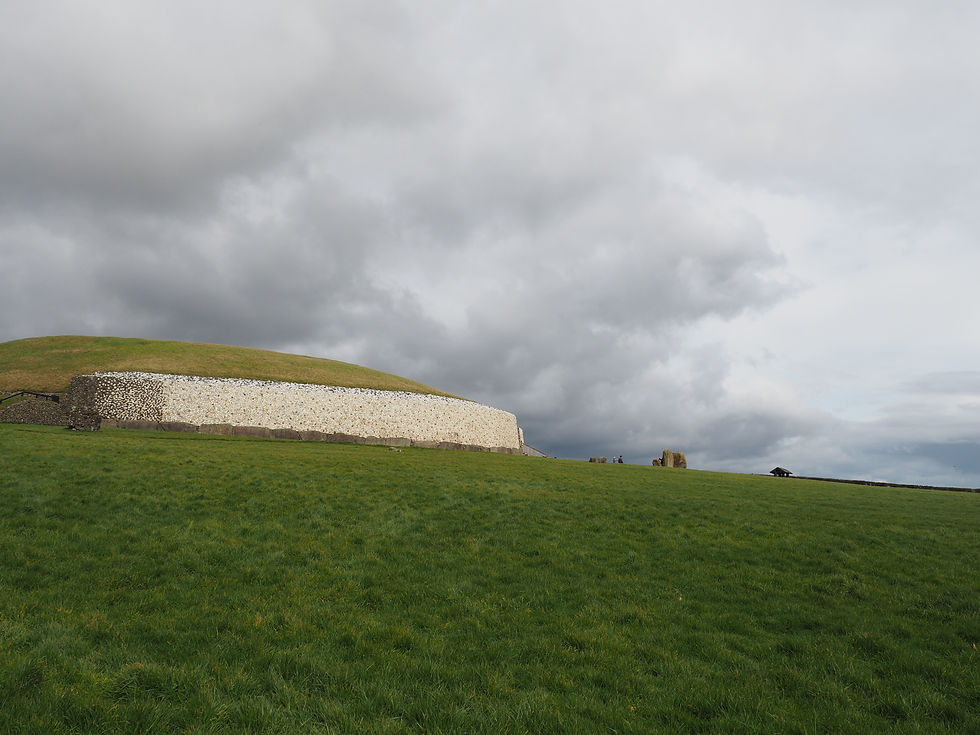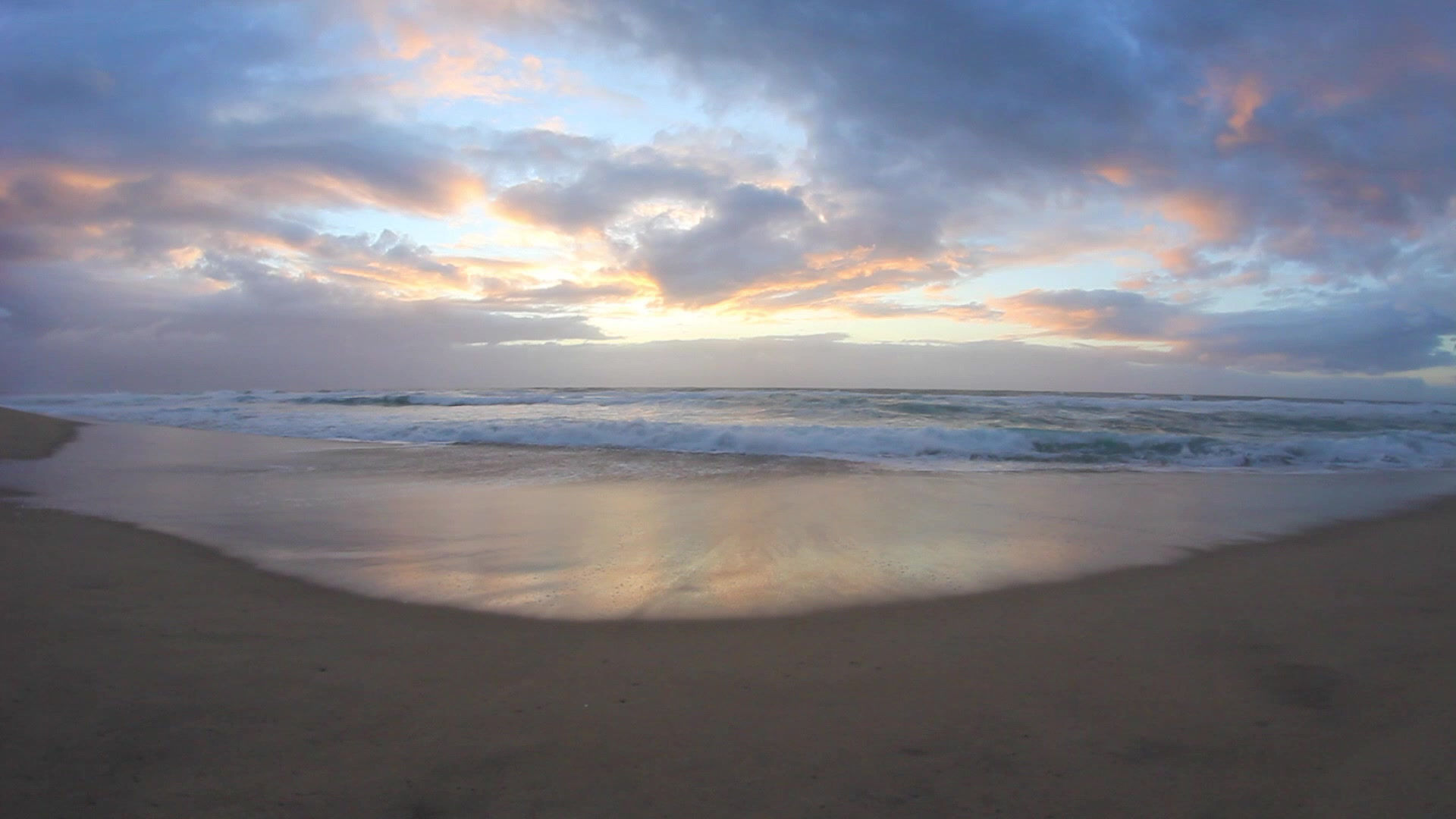Drogheda & Newgrange: in the heart of History
- Pauline Bouras
- Mar 25, 2018
- 2 min read
Updated: Mar 23, 2021

Rest day - Friday, March 23rd 2018: Drogheda 0 km / Total 100 km, 11°C, cloudy
Every day, I have to face the unknown: which way to take, which itinerary, cause nothing is traced for me, I have to find the best road, the peaceful lane and avoid the busy R road. There's also the anxiety about the quiet place to sleep I have to find at night. Nomad's life was not safe, it was uncertain. Maybe that's why they used to travel in a group, I think it helps, it reassures, it's better for the mind. When you're many, you're stronger. But the nomad's way of life has disappeared.
Now people are individualists. And there's nothing left for the walk. Every land is private property or state property, you can't go wherever you want any more, and have to make a detour to go from point A to point B. People had to settle, and moving can be done almost only by car, so everything is adapted for cars now. In more than a century, cars eradicated walkers. Walker can only go on a special footpath, made for him. The rest of the time he's placed in a box: a company, a house or apartment, and between it, in a car or a bus or a train. There's no other way.
That's why it's not always easy for me to find my way here. But today, I don't have to face the unknown, I'll sleep another night in my hostel.
I took a day off in Drogheda, destroyed by Cromwell, for my painful knee, and to visit Newgrange. It's in Meath County, the Ancient and historical one, where happened the Boyne Battle, won by the protestant William of Orange (who gave his name to the Orangist in Northern Ireland who still celebrate his victory, and gave Ireland flag one of its colours) against the catholic Jacobites. I saw the site, but I was more interested in the Newgrange site, which is classified as a World Heritage by UNESCO. It's a neolithic tunnel tumulus, built more than 5000 years ago, before the Egypt pyramids. There were farmers living close to the Boyne River, who built that tumulus, with megalithic rocks under to make a tunnel going to a cross room where they put the ashes of the dead. It's particular, because at the winter solstice, on December 21st, the sun gets into the tunnel for 15min, bringing life to a new year. It was even built before Stonehedge. There are Celtic decorations on the rocks, circles, and geometric design. It's really impressive when you get inside. And the guide, Maeve was telling things really amazing, taking us back to that time. It's not very big, but it's really a journey to the past, and I liked it very much.




Comments